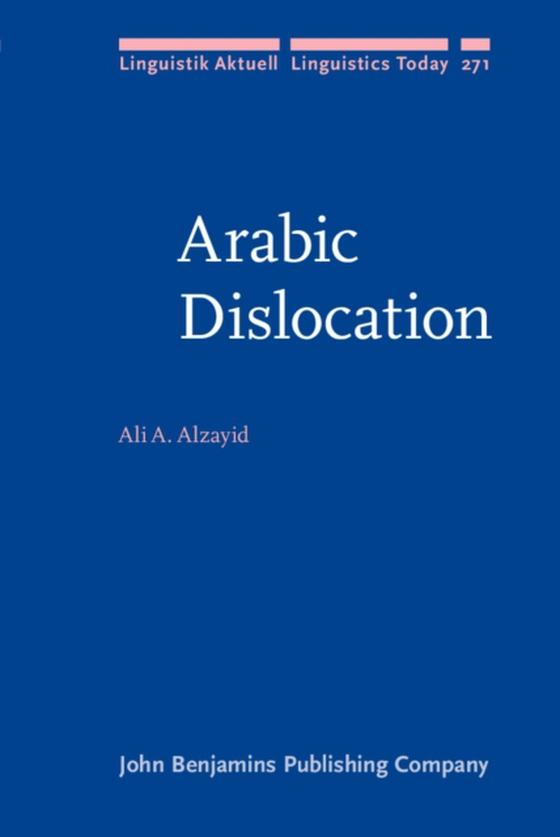
Arabic Dislocation e-bog
802,25 DKK
(inkl. moms 1002,81 DKK)
Since the early years of generative grammar (Chomsky 1977, inter alia), the phenomenology of dislocation has proved to be a fertile area of research. This, however, has not been the case for Modern Standard Arabic (MSA), and hence this thorough monograph intends to fill this lacuna. Three aspects of this linguistic phenomenon stand out: the taxonomy of possible dislocated configurations, syntax...
E-bog
802,25 DKK
Udgivet
1 marts 2022
Længde
252 sider
Genrer
2CSR
Sprog
English
Format
epub
Beskyttelse
LCP
ISBN
9789027258182
Since the early years of generative grammar (Chomsky 1977, inter alia), the phenomenology of dislocation has proved to be a fertile area of research. This, however, has not been the case for Modern Standard Arabic (MSA), and hence this thorough monograph intends to fill this lacuna. Three aspects of this linguistic phenomenon stand out: the taxonomy of possible dislocated configurations, syntax and interpretation. Though the structure in itself has been extensively studied in various languages, including varieties of spoken Arabic, this monograph shows that MSA presents properties that set it apart from known varieties and cannot be captured by an extension or modification of existing analyses. Moreover, existing analyses are not fully satisfactory as there are open analytical questions regarding the interpretation and syntactic analysis of dislocation structures crosslinguistically. Particularly, the optimal path to follow concerning dislocation structures in MSA is to argue for the claim that contrast, as an information-structural notion, underlies the interpretation of dislocated elements, and these elements are best syntactically analyzed as being involved in a bisentential configuration, contra monoclausal approaches to dislocation. This monograph should be relevant to anyone with an interest in the Arabic language, and also to syntacticians and typologists with an interest in sentence structure.
 Dansk
Dansk

